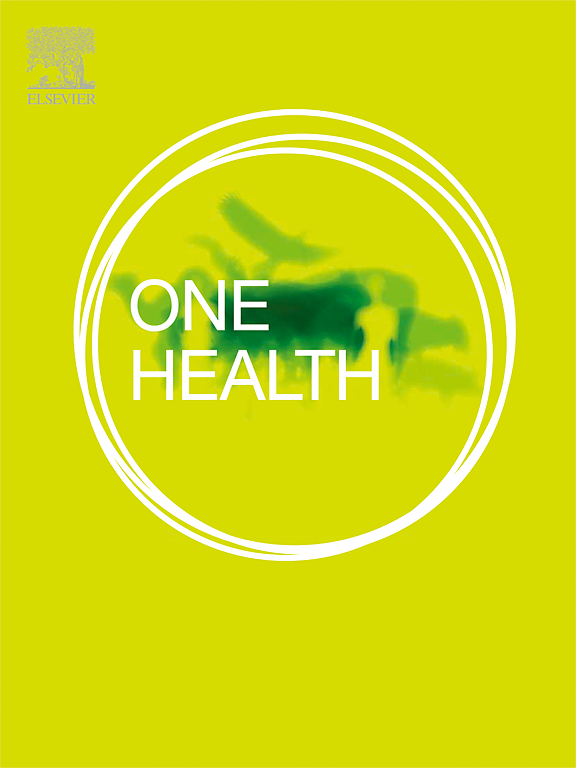Behavioral risk assessment of exposure to wild and domestic animals in response to a Marburg virus disease outbreak, Ghana 2022
IF 4.1
2区 医学
Q1 INFECTIOUS DISEASES
引用次数: 0
Abstract
In July 2022, Ghana reported its first outbreak of Marburg virus disease (MVD). The source of the outbreak was unknown. In August 2022 we conducted a behavioral risk assessment, surveying 715 participants in three rural communities associated with the presumptive index case: Site 1 in Ashanti Region and Sites 2 and 3 in the Western Region of Ghana. Our primary aim was to characterize exposure to wild and domestic animals, specifically Egyptian rousette bats (ERBs), the natural reservoir for Marburg virus. We focused on two primary routes of potential exposure to ERBs: 1) eating fruit bearing bite marks and 2) entering caves or mines where bats were present. Eating fruit bearing bite marks was common across all sites, but highest at Site 2 in the Western Region. Higher levels of education were negatively correlated with eating fruit bearing bite marks, while having fruit trees present on the participant's home compound increased the odds of this exposure. Residents in Site 3 were significantly more likely to be exposed to bats in caves and mines. Participants across all sites also reported high levels of exposure to bats inside buildings; while ERBs do not typically roost in buildings, this presents a potential risk of exposure to other bat-associated pathogens. One participant at Site 3 reported symptoms consistent with MVD in the previous four months, suggesting the possibility of unrecognized cases that may have been associated with the outbreak. This study identified behaviors within the outbreak regions that could increase the risk of exposure to Marburg virus and other bat-borne pathogens. Serological surveys in these communities would provide important information about the extent of the Marburg outbreak by identifying unreported cases, as well as exposure to other filoviruses.

求助全文
约1分钟内获得全文
求助全文
来源期刊

One Health
Medicine-Infectious Diseases
CiteScore
8.10
自引率
4.00%
发文量
95
审稿时长
18 weeks
期刊介绍:
One Health - a Gold Open Access journal.
The mission of One Health is to provide a platform for rapid communication of high quality scientific knowledge on inter- and intra-species pathogen transmission, bringing together leading experts in virology, bacteriology, parasitology, mycology, vectors and vector-borne diseases, tropical health, veterinary sciences, pathology, immunology, food safety, mathematical modelling, epidemiology, public health research and emergency preparedness. As a Gold Open Access journal, a fee is payable on acceptance of the paper. Please see the Guide for Authors for more information.
Submissions to the following categories are welcome:
Virology,
Bacteriology,
Parasitology,
Mycology,
Vectors and vector-borne diseases,
Co-infections and co-morbidities,
Disease spatial surveillance,
Modelling,
Tropical Health,
Discovery,
Ecosystem Health,
Public Health.
 求助内容:
求助内容: 应助结果提醒方式:
应助结果提醒方式:


